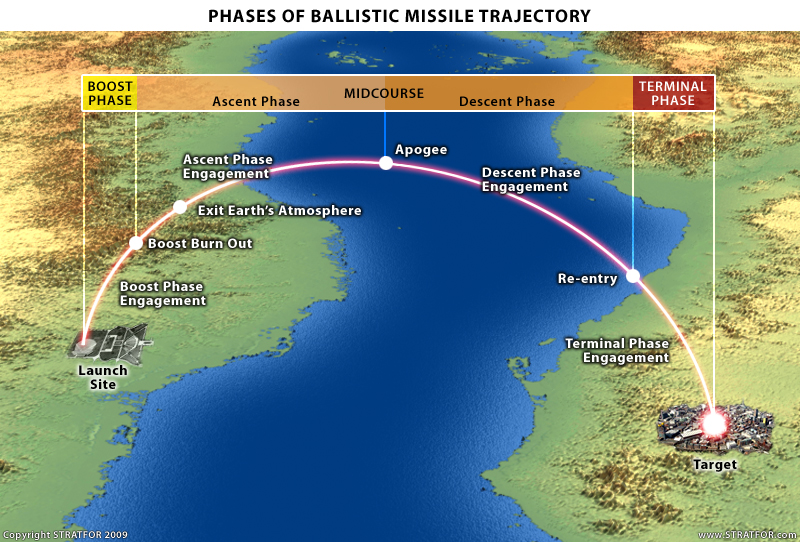INDIA INVESTING IN MIRV TECHNOLOGY
Ajey Lele
Research Fellow, IDSA
e-mail:
ajeylele@yahoo.co.in
What is a credible nuclear deterrence? This question is being debated in India for last couple of years without much of agreement amongst security experts. The debate normally focuses around issues such as what number of nuclear weapons should India possess? What should be the yield and type? Should the nature of nuclear threat envisaged from adversaries determine the number of weapons? Or should the type and number of targets which India proposes to engage to prove its second strike capability, decide the numbers we should possess?
All these discussions have one basic premise and that is: one missile would deliver one nuclear warhead. Indias nuclear triad: a delivery system for nuclear missile from an aerial platform, ship/land based platform or a submarine also essentially caters for one nuclear warhead per one missile launch. However, all this could change and the debate on quantifying nuclear deterrence would have to take an additional parameter into consideration in near future and that is Indias MIRV (multiple independently targetable re-entry vehicles) capabilities. Indias Defence Research Development Organisation (DRDO) is proposing to develop a new strategic weapon technology called MIRV.
MIRV technology is not a new technology. Rather it is a technology of the 1960s and was first developed by the US, followed by USSR. MIRV is a set of nuclear weapons carried on a single missile (intercontinental or submarine launched ballistic missile). This technology allows striking several targets in a single launch. During the launch the main rocket of this system pushes the set of warheads up in the atmosphere. Each warhead strikes a target separately. The launch of such missile constitutes firing a missile having multiple stages. During its ballistic path every stage gets separated at a predetermined time after the launch. Along with every stage one or more warheads get fired. A four stage missile could fire eight to ten warheads on the targets. For a standard launch normally 60 seconds after the launch the first stage separates and other two or three stages separate roughly with an interval of 60 seconds each. The post boost vehicle which separates from the missile prepares for re-entry into the earths atmosphere. During all these maneuvers, warheads get fired after a gap of few seconds at pre-identified targets. The exact technology of firing sequence and how it actually happens has, for obvious reasons, always been kept a secret by states possessing this technology.
For better understanding, parallels could be drawn from the multiple satellite launches undertaken by few states with a single launch vehicle. There have been cases where around eight to ten satellites have been launched in one go. The major difference is that these satellites are positioned in different orbits in space while in case of MIRV the warheads re-enter the earths atmosphere and fire on the target. The system is designed in such a fashion that the damage caused by several small warheads could be much more than that caused by a single warhead.
There are reports that now Indias premier defence research organization DRDO is validating technologies towards testing MIRV. According to DRDO officials, the platform for re-entry vehicles would be dissimilar from their earlier successful designs used in Agni series of missiles. It appears that they are testing a more modern technology. Another challenge for the Indian scientists would be to design and develop a guiding system with a high degree of accuracy. Some are of the opinion that MIRV technology need not be viewed only with a nuclear backdrop and even conventional warheads could be placed onboard of such missile. It also needs to be noted that India is yet to prove its ICBM capabilities and is expected to test 5,000-km-range Agni-V missile shortly.
MIRV testing has received a significant amount of criticism too. This technology is known for reducing the impact of Strategic Arms Limitation Talks agreement (SALT). SALT talks about limiting the number of missiles but with MIRV the issue of number of missiles becomes irrelevant since a single missile can carry many warheads and cause significant destruction. Also, this technology reduces the importance of a missile defence shield. This is because such systems are capable of addressing only one missile threat at a time.
Possession of MIRV technology is expected to boost Indias defence preparedness. DRDOs willingness to invest in this technology clearly indicates that Indias missile programme has matured considerably. Coming years would see greater Indian investment in micro-electro mechanical systems (MEMS), nano-sensors, nano-materials and advanced information technology tools. Such investments would be essential for creating reliable and robust but highly accurate systems like MIRV. This technology would certainly boost Indias nuclear deterrence capabilities. It also needs to be appreciated that the technologies developed for MIRV would find direct or indirect applicability in various other fields of defence too.











